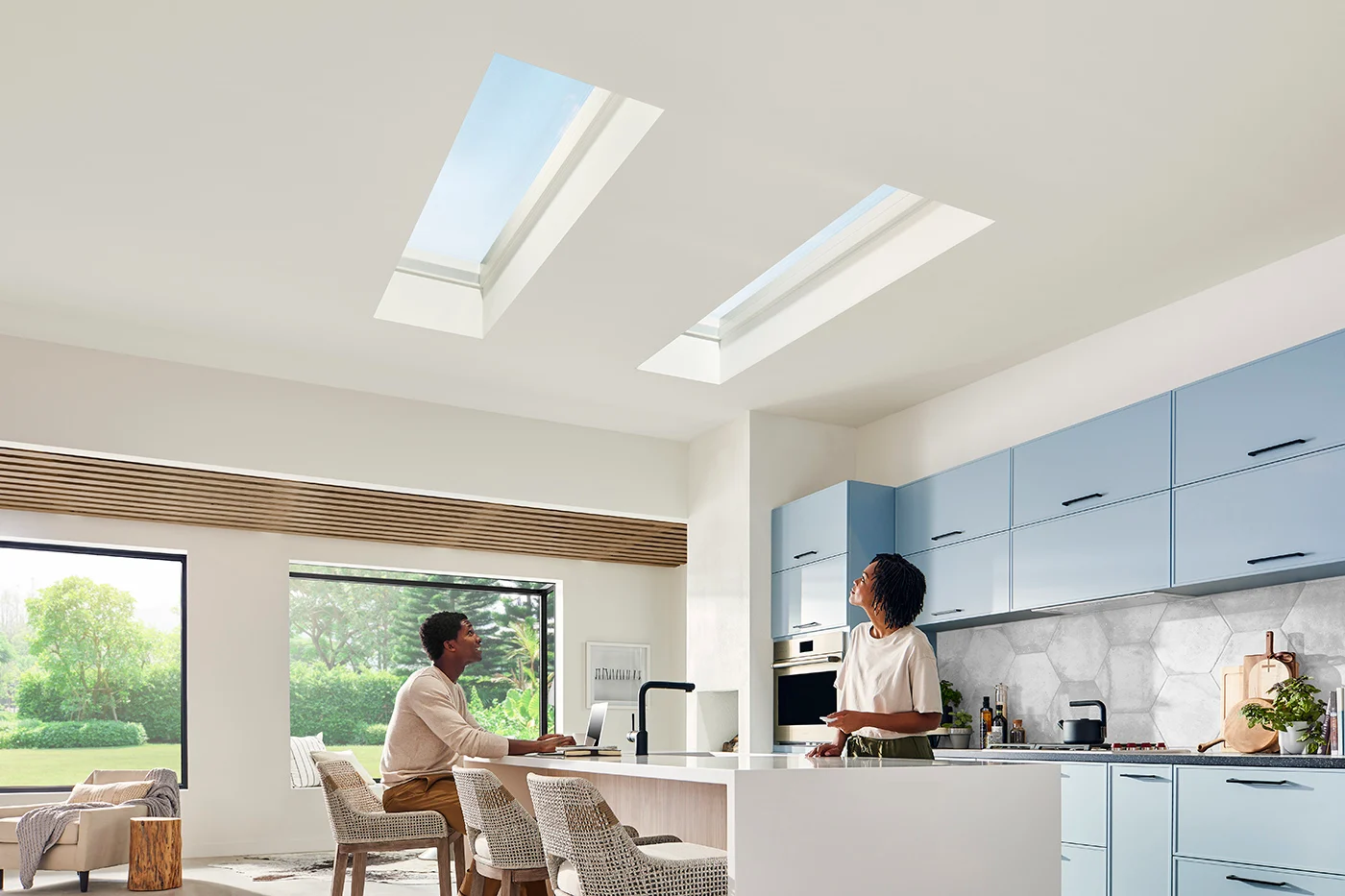Windows plays a crucial role in our homes, providing natural light, ventilation, and views of the outdoors. However, they can also be a significant source of energy loss if not properly selected and installed. With rising energy costs and growing concerns about climate change, choosing energy-efficient windows has never been more important. In this comprehensive guide, we’ll explore everything you need to know about selecting the right energy-efficient windows for your home, with a particular focus on the expertise provided by the Window and Door Manufacturers Association (WDMA).
Understanding Energy Efficiency Ratings
Before diving into the selection process, it’s essential to understand the various energy efficiency ratings associated with windows. The most common rating systems include the U-factor, Solar Heat Gain Coefficient (SHGC), Visible Transmittance (VT), and Air Leakage (AL). The U-factor measures the rate of heat transfer through the window, with lower values indicating better insulation. SHGC measures the amount of solar heat that passes through the window, while VT measures the amount of visible light transmitted. Finally, AL quantifies the amount of air that leaks through the window assembly. WDMA provides valuable resources and guidance on interpreting these ratings and selecting windows that meet your energy efficiency needs.
Choosing the Right Frame Material
One of the key decisions when selecting energy-efficient windows is choosing the right frame material. Common options include wood, vinyl, fiberglass, aluminum, and composite materials. Each material has its pros and cons in terms of energy efficiency, durability, and aesthetics. WDMA offers insights into the performance characteristics of different frame materials and helps consumers make informed decisions based on their priorities and budget.
Selecting the Right Glazing Options
The glazing, or glass, used in windows also plays a significant role in energy efficiency. Advanced glazing technologies, such as double or triple-pane windows, low-emissivity (low-e) coatings, and gas fills, can greatly improve thermal performance and reduce energy loss. WDMA provides guidance on selecting the appropriate glazing options based on climate, orientation, and desired performance metrics.
Understanding Window Design and Orientation
The design and orientation of windows can have a significant impact on energy efficiency. South-facing windows, for example, can provide valuable passive solar heating in colder climates, while properly sized overhangs or shading devices can help mitigate solar heat gain in warmer climates. WDMA offers resources on optimizing window design and orientation to maximize energy efficiency while enhancing comfort and aesthetics.
Considering Additional Features and Options
In addition to frame material, glazing options, and design considerations, there are several additional features and options to consider when choosing energy-efficient windows. These include gas-filled insulating chambers within the frame, warm-edge spacers to reduce heat transfer at the glass edges, and high-performance weather seals to minimize air leakage. WDMA provides guidance on evaluating these features and selecting windows that offer the best combination of energy efficiency, durability, and performance.
Ensuring Proper Installation and Maintenance
Finally, proper installation and ongoing maintenance are essential to maximizing the energy efficiency and longevity of your windows. Improper installation can compromise the effectiveness of even the most energy-efficient windows, leading to air leakage, moisture infiltration, and decreased performance. WDMA offers resources on proper installation techniques and maintenance best practices to ensure that your windows continue to perform optimally for years to come.
Conclusion
Choosing energy-efficient windows is a critical step towards reducing energy consumption, lowering utility bills, and minimizing environmental impact. By understanding energy efficiency ratings, selecting the right frame material and glazing options, optimizing window design and orientation, and considering additional features and options, homeowners can make informed decisions that enhance comfort, aesthetics, and sustainability. With the guidance and expertise provided by the Window and Door Manufacturers Association (WDMA), consumers can navigate the complex landscape of energy-efficient window selection with confidence, knowing that they’re making choices that benefit both their homes and the planet.




